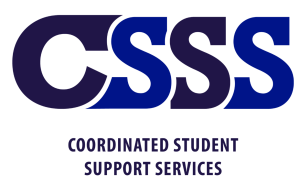Tips for safe food handling

Safe food handling practices prevent food borne illnesses
Preparation and storage rules
- Start with clean, wholesome food from reliable sources. Wash all raw fruits and vegetables before using.
- Hold frozen food at 0º F or lower during delivery and storage.
- Scrub and sanitize all cutting boards, knives and electric slicers immediately after contact with raw or cooked meats, fish or poultry.
- Hold all potentially hazardous foods out of the danger zone, 40º F – 140º F. Keep hot foods hot and cold foods cold.
- Reach an internal temperature of 165º F to 170º F for foods to be held for serving. Maintain a minimum temperature of 140º F during the serving period.
- Re-pan in shallow containers any cooked food to be held at refrigerated temperatures. Refrigerate immediately. The center of the food should reach 40º F within four hours. To hasten cooling, space pans in the cooler to allow for adequate air circulation.
- Never serve questionable food. If in doubt, throw it out.
- Avoid cross-contamination of foods during preparation, storage and service.
Personnel
- Wash hands with soap and water. Hands must be washed when reporting to work, after handling raw poultry and meat, smoking, sneezing, using a handkerchief and after using the toilet
- Keep all work surfaces clean and organized.
- Keep the work area clean and all spills wiped up immediately.
- Refrigerate promptly all unused foods.
- Use clean equipment in preparing, cooking and serving food.
- Avoid touching food as much as possible. Use the proper utensils.
- Handle all utensils and serving equipment by handles and base to avoid touching areas that will later come in contact with the food.
- Use a clean spoon to taste food.
- Keep fingernails trimmed and clean. Scrub nails with a nail brush after a visit to the toilet and after handling raw meat, poultry and fish.
- Keep hair clean and use a hair net or other restraint.
- Reassign employees with infected cuts or burns. These employees should not prepare food or handle equipment that will come in contact with food.
Source: National Food Service Management Institute





